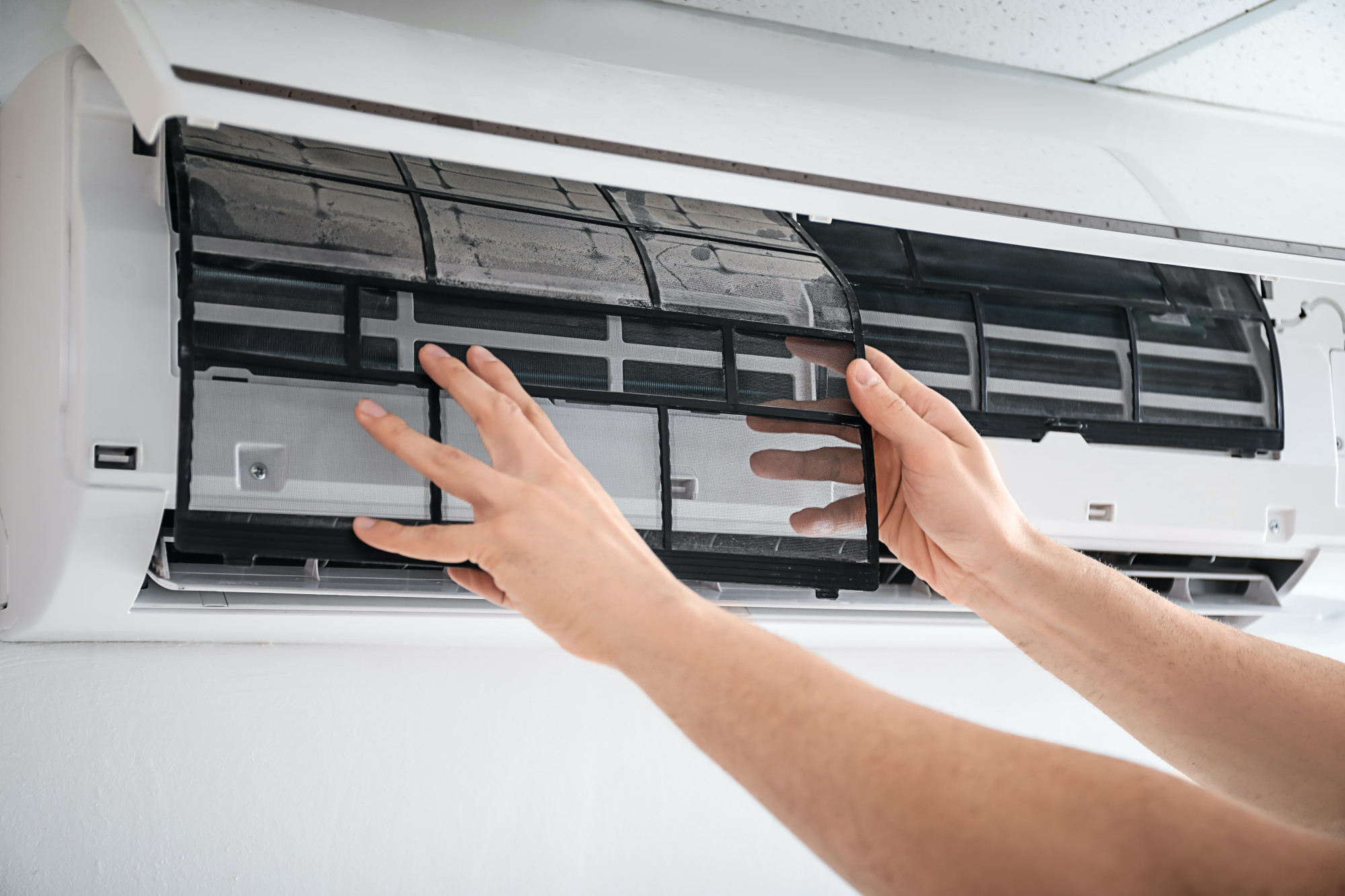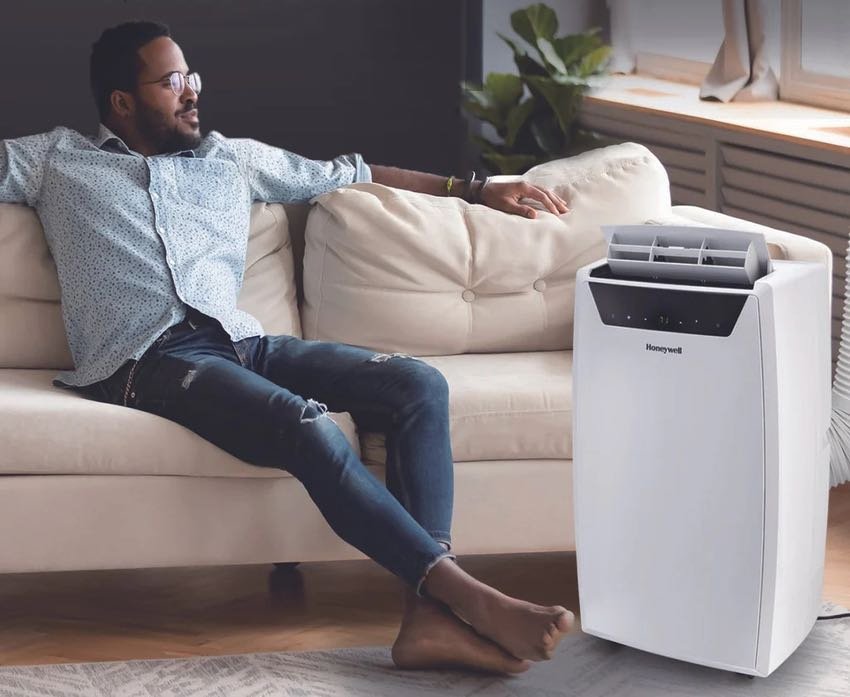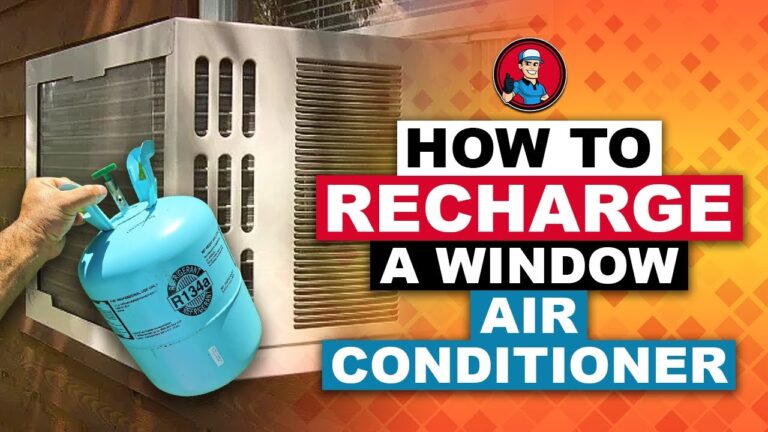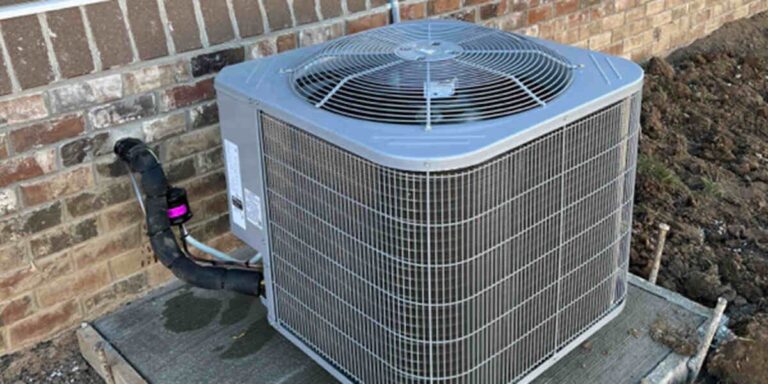What Should I Set My Air Conditioning On
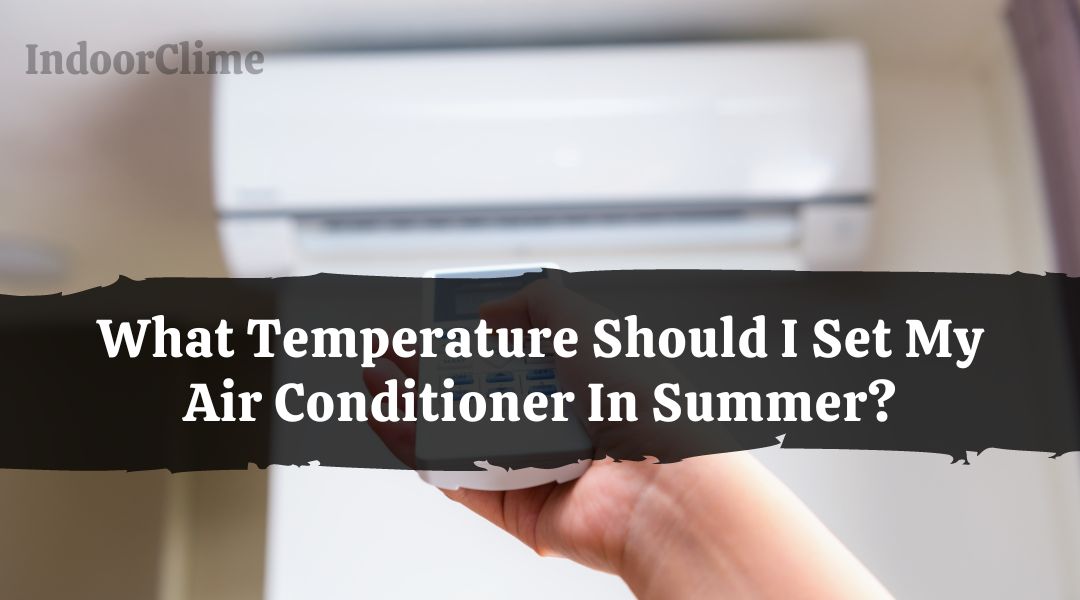
Air Conditioning: Setting the Right Temperature - Your Top Questions Answered
Finding the ideal air conditioning temperature involves balancing comfort, energy savings, and your specific needs. This FAQ addresses common questions to help you make informed decisions about your AC settings.
Question 1: What is the most energy-efficient temperature to set my AC on in the summer?
The U.S. Department of Energy recommends setting your thermostat to 78°F (26°C) when you're home. This temperature provides a good balance between comfort and energy conservation. For every degree you raise the thermostat above this setting, you can save 1% to 3% on your cooling costs.
- Why 78°F? This temperature allows your AC to run less frequently, reducing energy consumption.
- Consider a Programmable Thermostat: A programmable thermostat can automatically adjust the temperature based on your schedule, maximizing savings.
- Fan Use: Using ceiling fans in conjunction with your AC can make the room feel cooler, allowing you to set the thermostat a degree or two higher.
Question 2: When I'm away from home, what temperature should I set my AC to for maximum savings?
When you're away, increase the thermostat to 85°F (29°C) or higher. The goal is to prevent excessive heat buildup in your home, which can damage belongings and require the AC to work harder upon your return. Don't turn the AC completely off, especially in humid climates, as this can lead to mold growth and other problems. Some people prefer to set the temperature to 90°F (32°C) in this scenario, it depends on your comfort and the climate you live in.
- Why not turn it off completely? Extreme temperature fluctuations can stress building materials and create conditions favorable for mold and mildew.
- Pre-Cooling: Before returning home, use a smart thermostat or remote control to pre-cool your house to a comfortable temperature.
- Consider Location: If you live in an area with extremely high humidity, setting the temperature too high could lead to moisture issues. A setting of 82-85°F may be appropriate.
Question 3: Is there an ideal temperature to set my AC at night while sleeping?
Many people find that a slightly cooler temperature is more conducive to sleep. A range of 60-67°F (15-19°C) is often recommended. However, personal preference plays a significant role. The best temperature for you will depend on your individual needs and preferences. Consider lowering the temperature gradually each night until you find the setting that provides the most comfortable sleep.
Also, consider factors such as bedding and clothing.
- Why cooler at night? Your body temperature naturally drops as you sleep, and a cooler ambient temperature can aid this process.
- Blankets and Bedding: Adjust your bedding accordingly to avoid getting too cold.
- Ceiling Fan: Using a ceiling fan can help circulate air and keep you cool without significantly lowering the thermostat.
- Programmable Thermostat: Set a schedule to automatically lower the temperature a few hours before bedtime.
Question 4: I have sensitive family members (elderly, infants, or those with health conditions). How does this affect the best AC setting?
Individual needs take precedence in these situations. Infants, the elderly, and individuals with certain health conditions may be more sensitive to temperature changes. Here's a breakdown:
- Infants: Babies are less able to regulate their body temperature than adults. Avoid extreme temperatures and monitor them closely for signs of discomfort (sweating, rapid breathing). Aim for a temperature between 72-78°F (22-26°C).
- Elderly: Older adults may have decreased circulation and difficulty regulating body temperature. Ensure their environment is comfortable and not excessively cold. A range of 72-78°F (22-26°C) is generally recommended, but observe their comfort levels.
- Health Conditions: Individuals with respiratory issues (asthma, COPD) may be sensitive to dry air from air conditioning. Use a humidifier to maintain adequate humidity levels. Consult with a healthcare provider for personalized recommendations.
Important: Regularly check in with sensitive family members to ensure they are comfortable. Adjust the thermostat as needed and consider using portable fans or space heaters to address individual temperature preferences.
Question 5: Does the outside temperature influence what I should set my AC to indoors?
Yes, the outside temperature significantly influences your indoor AC settings. When it's extremely hot outside, your AC will have to work harder to maintain a comfortable indoor temperature. This means that setting your thermostat too low can lead to increased energy consumption and higher bills. Similarly, on milder days, you can likely set your thermostat a bit higher and still maintain a comfortable indoor environment.
- Extreme Heat: During heat waves, setting your thermostat to 78°F might not feel as cool as it would on a less hot day. You might be tempted to lower it, but try to resist the urge and instead use fans to circulate the air and increase the cooling effect.
- Mild Weather: On days when the outside temperature is moderate, you can likely set your thermostat to 80°F or even higher and still be comfortable. This can help you save energy and reduce your cooling costs.
- Consider a Smart Thermostat: A smart thermostat can learn your preferences and automatically adjust the temperature based on the outside weather conditions, ensuring optimal comfort and energy savings.
- Pay Attention to Humidity: High humidity can make it feel hotter than it actually is. Consider using a dehumidifier to remove excess moisture from the air, which can help you feel cooler and more comfortable.
Question 6: I've heard about "setback temperatures." What are they, and how do they help save energy?
A "setback temperature" refers to the practice of setting your thermostat higher (in summer) or lower (in winter) when you are away from home or asleep. This simple strategy can significantly reduce your energy consumption and lower your utility bills.
- How it Works: When you raise the thermostat in the summer, your AC doesn't have to work as hard to maintain a comfortable temperature. This reduces the amount of energy it uses and lowers your cooling costs.
- Programmable Thermostats: Programmable thermostats make it easy to set setback temperatures. You can program your thermostat to automatically adjust the temperature based on your schedule, ensuring that you're only cooling your home when you need to.
- Smart Thermostats: Smart thermostats take this a step further by learning your habits and automatically adjusting the temperature to optimize comfort and energy savings. They can also be controlled remotely via a smartphone or tablet.
- Potential Savings: According to the U.S. Department of Energy, you can save as much as 10% a year on your heating and cooling bills by simply turning your thermostat back 7-10 degrees for 8 hours a day.
Question 7: What are some other tips to maximize energy savings and comfort with my AC settings?
Beyond setting the right temperature, several other strategies can help you optimize your AC's performance and minimize energy consumption:
- Regular Maintenance: Schedule regular maintenance for your AC unit, including cleaning or replacing the air filter every 1-3 months. A dirty filter can restrict airflow, forcing your AC to work harder and use more energy.
- Seal Air Leaks: Seal any air leaks around windows, doors, and other openings to prevent cool air from escaping and warm air from entering. Use weather stripping or caulk to seal gaps and cracks.
- Insulation: Ensure your home is properly insulated to prevent heat from entering during the summer and escaping during the winter.
- Use Fans: Ceiling fans and portable fans can help circulate air and make you feel cooler, allowing you to set your thermostat a degree or two higher.
- Window Coverings: Use blinds, curtains, or shades to block sunlight during the hottest part of the day. This can help reduce heat buildup inside your home.
- Avoid Using Heat-Generating Appliances: Avoid using heat-generating appliances such as ovens and dryers during the hottest part of the day. Cook outdoors on the grill or use smaller appliances like a microwave or toaster oven.
- Consider a Whole-House Fan: If you live in a climate with cool evenings, consider installing a whole-house fan to draw in cool air and exhaust warm air.
- Professional Assessment: Consult with an HVAC professional to assess your home's energy efficiency and identify any areas for improvement. They can recommend upgrades and adjustments that can help you save money and improve comfort.
- Consider Zone Control: Installing a zone control system allows you to control the temperature in different areas of your home independently. This can be useful if you have rooms that are rarely used or if different family members have different temperature preferences.
By following these tips and adjusting your AC settings to suit your individual needs and preferences, you can create a comfortable and energy-efficient home environment.
